Blue star fern care, also known as Phlebodium Aureum, is a beautiful and unique fern known for its blue-green leaves and furry rhizomes. This low-maintenance plant is becoming increasingly popular among houseplant enthusiasts due to its striking appearance and easy care requirements. In this article, we will delve into the world of blue star ferns and discuss everything you need to know about their care.
Who should care for a Blue Star Fern?
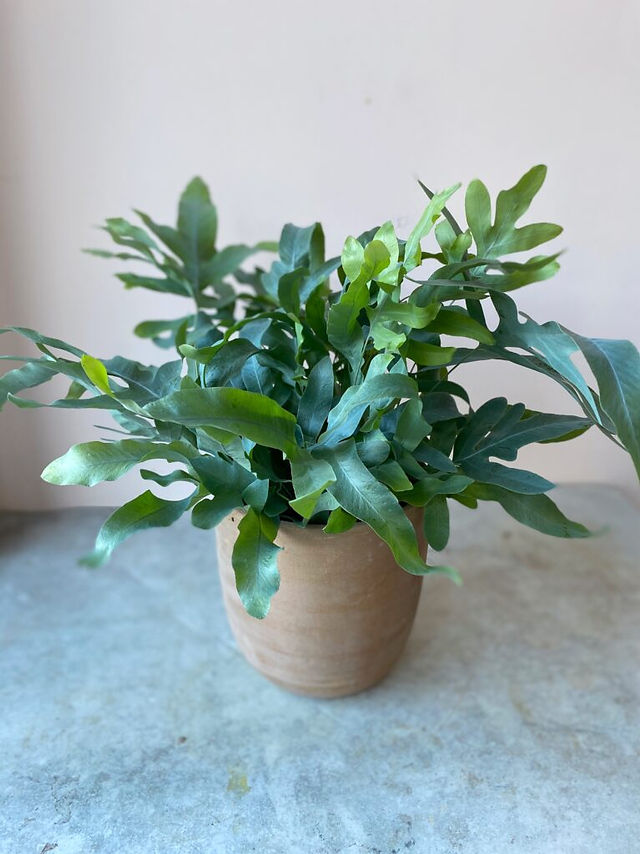
Blue star ferns are an excellent choice for beginners or anyone looking for a low-maintenance plant. They require minimal attention and can thrive in a variety of environments, making them ideal for busy individuals or those who may not have a green thumb. Moreover, their unique blue color adds a touch of elegance to any space, making them a favorite among interior designers.
Where to buy Blue Star Ferns?
You can purchase blue star ferns from your local nursery, plant shops, or online retailers. When buying a blue star fern, make sure to choose a healthy plant with vibrant, green foliage and no signs of insect infestation or disease.
What conditions do Blue Star Ferns prefer?
Blue star ferns prefer a humid and warm environment, similar to their natural habitat in tropical regions. They do well in bright, indirect light but can also tolerate lower light levels. As for temperature, they thrive in a range of 60-75°F (16-24°C). Additionally, ensure that the plant is placed away from drafts or heating vents, as they can cause dry air and damage the delicate fronds.
How to care for Blue Star Ferns?
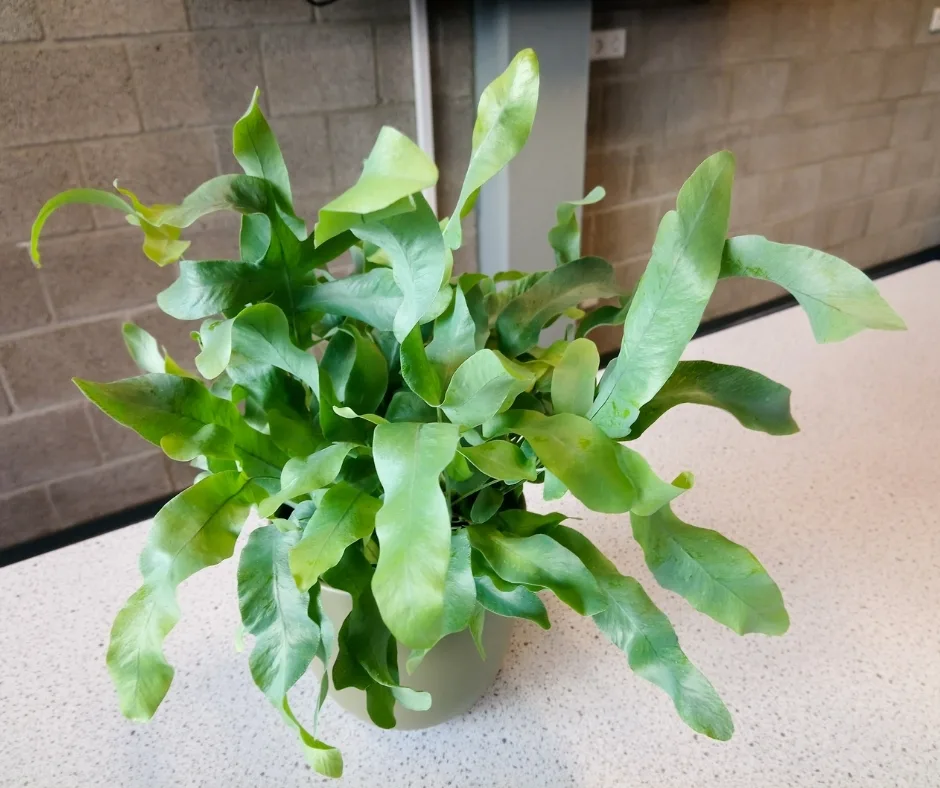
Taking care of a blue star fern is relatively easy, and with proper maintenance, it can live for several years. Here are some essential care tips for your blue star fern:
Watering
Blue star ferns prefer consistently moist soil but can’t tolerate being waterlogged. Water your fern when the top inch of soil feels dry to the touch, and make sure to use room temperature or lukewarm water. Avoid using cold water as it can shock the plant and cause root rot. Over-watering can also lead to root rot, so ensure that the pot has proper drainage.
Humidity
As mentioned earlier, blue star ferns thrive in humid environments. If you live in a dry climate, consider placing your fern on a tray filled with pebbles and water. As the water evaporates, it will increase the humidity around the plant.
Fertilizer
Blue star ferns don’t require frequent fertilization, but you can use a diluted, balanced liquid fertilizer once or twice a month during the growing season (spring and summer). Avoid fertilizing during the winter months when the plant is dormant.
Pruning
To keep your blue star fern looking its best, remove any dead or damaged fronds regularly. You can also trim any leggy or overgrown fronds to maintain a compact and bushy appearance.
Repotting
You will need to repot your blue star fern every 1-2 years, depending on its growth rate. Choose a pot that is one size larger than its current one and use a well-draining potting mix.
Note: Always wear gloves when handling blue star ferns, as their fuzzy rhizomes can irritate the skin.
Pros and Cons of Blue Star Fern Care
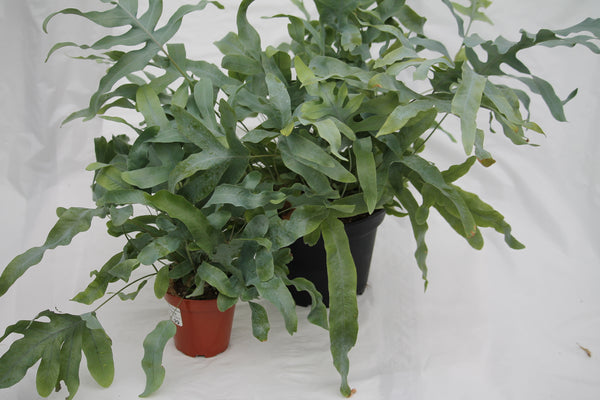
Like any other plant, blue star ferns have their advantages and disadvantages. Let’s take a closer look at them:
Pros
- Low maintenance: Blue star ferns require minimal attention and can thrive in various conditions.
- Aesthetically pleasing: The unique blue color of the foliage adds a touch of elegance to any space.
- Air purifying: Blue star ferns can help improve air quality by removing toxins from the environment.
- Long lifespan: With proper care, blue star ferns can live for several years.
Cons
- Fuzzy rhizomes: The furry rhizomes of blue star ferns can irritate the skin, so handling with gloves is necessary.
- Slow growth rate: Blue star ferns have a slow growth rate and may take some time to fill out a pot or hanging basket.
- Susceptible to root rot: Over-watering or using cold water can cause root rot in blue star ferns.
Alternatives to Blue Star Ferns
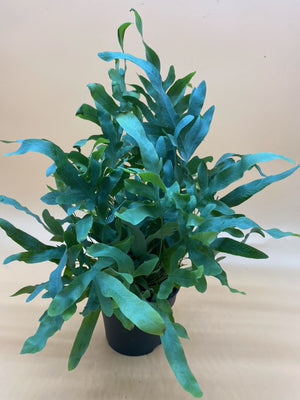
If you’re looking for other fern options similar to blue star ferns, here are a few alternatives you can consider:
- Boston Fern: This classic fern has feathery fronds and thrives in humid environments.
- Maidenhair Fern: Known for its delicate, lacy foliage, this fern requires consistent moisture and bright, indirect light.
- Bird’s Nest Fern: With its wavy, glossy leaves, this fern is an excellent choice for low-light areas and is relatively easy to care for.
Step-by-Step Guide to Caring for Blue Star Ferns
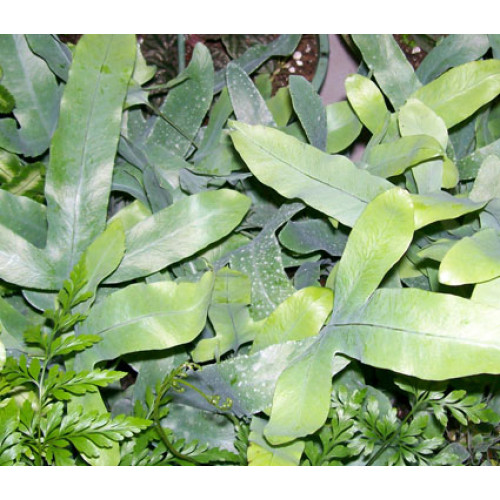
- Choose a suitable location: Place your blue star fern in a spot with bright, indirect light and away from drafts or heating vents.
- Water regularly: Keep the soil consistently moist but not waterlogged. Water when the top inch of soil feels dry to the touch.
- Increase humidity: To provide adequate humidity, mist your fern regularly or place it on a tray filled with pebbles and water.
- Fertilize sparingly: Use a balanced liquid fertilizer once or twice a month during the growing season.
- Prune as needed: Remove any dead, damaged, or leggy fronds to maintain the plant’s appearance.
- Repot when necessary: Repot your blue star fern every 1-2 years using a well-draining potting mix.
Tips for Blue Star Fern Care
Here are a few additional tips to help you care for your blue star fern:
- Avoid cold water and over-watering to prevent root rot.
- Ensure proper drainage in the pot to avoid waterlogging.
- Place the fern in a location with consistent temperature, away from drafts or heating vents.
- Use a well-draining potting mix specifically formulated for ferns.
- Keep an eye out for signs of pests or disease and treat them promptly if necessary.
FAQs
Q: How often should I water my blue star fern?
A: Water your blue star fern when the top inch of soil feels dry to the touch. During hot weather or if the plant is in a warm environment, you may need to water more frequently.
Q: Can I keep my blue star fern outside in the summer?
A: Blue star ferns prefer indoor environments with stable temperatures and humidity levels. It’s best to keep them indoors and avoid exposing them to direct sunlight or extreme temperatures.
Q: Why are my blue star fern’s leaves turning brown?
A: Brown or yellowing leaves can indicate over-watering or underwatering, exposure to cold drafts, or lack of humidity. Assess your watering habits and the plant’s location to determine the cause and adjust accordingly.
Q: Do I need to fertilize my blue star fern?
A: Blue star ferns don’t require frequent fertilization, but you can use a diluted, balanced liquid fertilizer once or twice a month during the growing season (spring and summer).
Q: Can I propagate my blue star fern?
A: Yes, you can propagate blue star ferns by dividing the rhizomes and repotting them in a separate container. Make sure the new pot has adequate drainage and use a well-draining potting mix.
Conclusion
Blue star ferns are beautiful and unique plants that can add a touch of elegance to any space. With their low-maintenance nature and striking blue color, they are an excellent choice for beginners or anyone looking for a fuss-free houseplant. By following the care tips outlined in this article, you can ensure your blue star fern thrives and adds beauty to your home for years to come.
